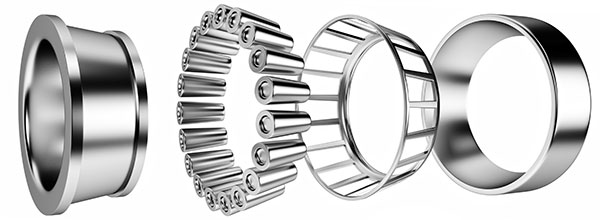Installing Tapered Roller Bearing Assembly
In order to maintain the proper performance of a tapered roller bearing, it is necessary to rotate the tapered roller bearing assembly. To do this, the large end face of the rollers must be in contact with the guide flange. Once positioned correctly, the tapered roller bearing assembly will rotate in the direction of the arrow X. However, this does not mean that the rollers are free to rotate. The flange prevents the roller and cage assembly from slipping out of the raceway.

When installing a tapered roller bearing, it is important to identify the proper size and location of the cage and ring. In most cases, the tapered roller bearing assembly comprises a cone or cup with inner and outer races. The inner cone guides the rollers, while the outer ring serves as a cage. The tapered roller bearing assembly is best suited for axial and radial loads, and the steep angle of the cup increases its capacity to handle thrust loads. Moreover, tapered roller bearings offer point contact, making them an excellent choice for applications that require high speed and low friction.
The most common configuration for a tapered roller bearing assembly is the X-shape arrangement, where the contact lines of the inner ring and outer ring condense in relation to the axis figure. This arrangement is used when axial forces are present in both directions and one bearing is sufficient to support the entire load. It is one of the simplest configurations, and is the most widely used. However, it is necessary to know the proper mounting setting for a tapered roller bearing assembly in order to avoid failure.











